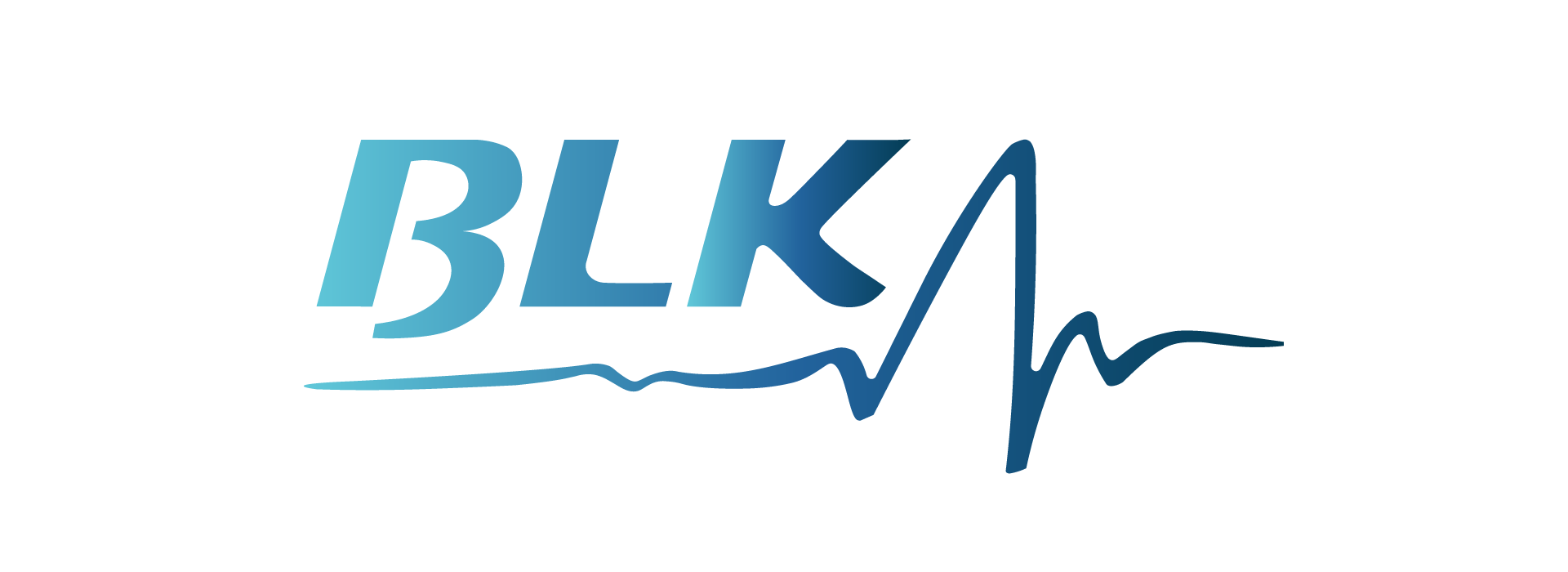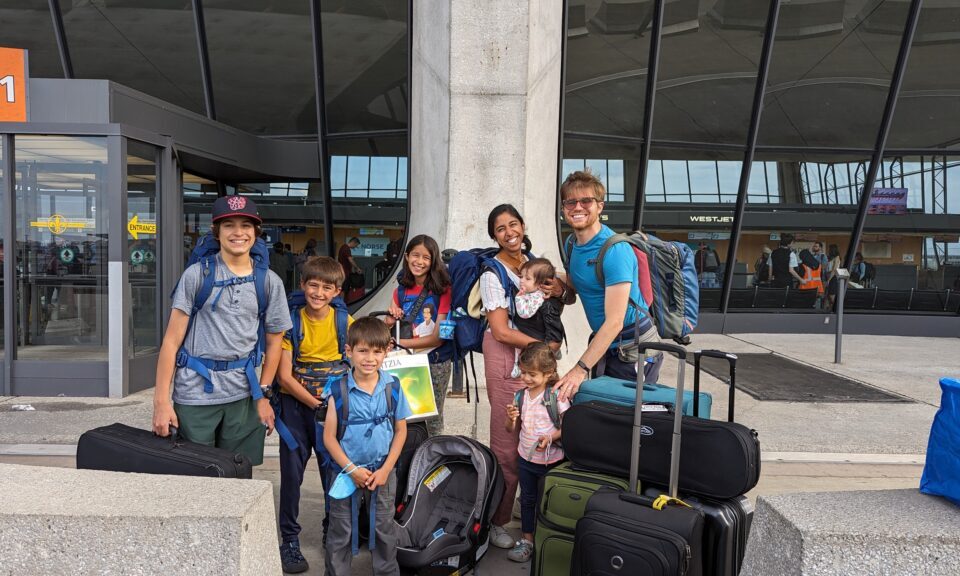Traveling to extreme destinations can be an exhilarating experience, offering adventure, breathtaking landscapes, and encounters with nature at its rawest. However, the further you venture from civilization, the greater the risks, especially when it comes to medical emergencies. From altitude sickness in the Himalayas to dehydration in the Sahara, travelers must be prepared for potential health challenges.
Medical assistance in these environments is often limited, making self-sufficiency a necessity. Knowing how to prevent, recognize, and manage medical emergencies can mean the difference between life and death.
Understanding Extreme Travel Destinations
Extreme travel destinations are places where environmental conditions make medical access difficult or delayed. These include:
- High-altitude mountains (e.g., Everest Base Camp, Andes, Rockies)
- Deserts (e.g., Sahara, Atacama, Mojave)
- Polar regions (e.g., Antarctica, Arctic Circle)
- Deep jungles (e.g., Amazon, Congo Basin)
- Remote islands (e.g., Galápagos, Easter Island)
Each of these environments presents unique health risks. High-altitude areas pose threats like hypoxia and pulmonary edema, while deserts challenge the body with heatstroke and dehydration. Polar regions bring dangers such as frostbite and hypothermia, and jungles expose travelers to tropical diseases. Understanding these risks is the first step in preparing for medical emergencies.
Essential Medical Supplies for Extreme Travel
A well-stocked medical kit is a non-negotiable necessity for extreme travelers. Key items include:
- Basic first aid supplies – Bandages, antiseptics, gauze, and medical tape
- Medications – Pain relievers, antibiotics, anti-diarrheal drugs, antihistamines
- Altitude sickness pills – Acetazolamide (Diamox) for high-altitude travel
- Oral rehydration salts (ORS) – For dehydration and heat exhaustion
- Emergency tools – Tweezers, scalpel, sterile needles, splints
- Survival gear – Space blanket, water purification tablets, hand warmers
Carrying these essentials can help manage minor injuries and illnesses before they escalate into life-threatening situations.
Preparing for Medical Emergencies
Before embarking on a journey to an extreme location, thorough preparation is crucial:
- Medical checkup – Ensure you are fit for the journey and have necessary vaccinations
- Travel vaccinations – Get immunized against diseases like yellow fever, typhoid, and rabies
- First aid training – Learn CPR, wound management, and emergency response techniques
- Know your limits – Be aware of how your body reacts to altitude, heat, and extreme conditions
- Pack smart – Take medications and supplies based on your destination’s risks
Being prepared before departure greatly reduces the likelihood of medical emergencies disrupting your trip.
Handling Altitude Sickness and Hypoxia
For those venturing into mountainous regions above 8,000 feet (2,400 meters), altitude sickness is a major concern. Symptoms include headache, nausea, dizziness, and fatigue. In severe cases, it can lead to high-altitude pulmonary edema (HAPE) or high-altitude cerebral edema (HACE), both of which are life-threatening.
Prevention Tips:
- Ascend gradually, giving your body time to acclimate
- Stay hydrated and avoid alcohol
- Sleep at lower altitudes whenever possible
Treatment:
- Descend immediately if symptoms worsen
- Administer supplemental oxygen if available
- Seek medical help if conditions become severe
Ignoring altitude sickness can lead to dire consequences, making it essential to recognize and respond to symptoms quickly.
Dealing with Dehydration and Heatstroke in Desert Areas
The combination of high temperatures, low humidity, and lack of water sources makes deserts one of the most unforgiving environments. Dehydration can escalate into heat exhaustion or, in extreme cases, heatstroke, which is fatal if untreated.
Symptoms of Heatstroke:
- Confusion or dizziness
- Dry, hot skin (lack of sweating)
- Rapid heartbeat and shallow breathing
- Loss of consciousness
Prevention & Treatment:
- Drink water frequently, even if you don’t feel thirsty
- Wear loose, light-colored clothing
- Find shade and cool the body using damp cloths or ice packs
- If symptoms worsen, seek immediate evacuation
Staying hydrated and recognizing early signs of heat-related illnesses can save lives in desert conditions.
Managing Hypothermia and Frostbite in Cold Regions
For travelers venturing into the Arctic, Antarctic, or high-altitude mountains, the risk of hypothermia and frostbite is high. Exposure to freezing temperatures, wind, and moisture can lead to life-threatening conditions if not managed properly.
Recognizing Hypothermia:
- Uncontrollable shivering
- Slurred speech and confusion
- Slow breathing and weak pulse
- Loss of coordination
Recognizing Frostbite:
- Numbness and tingling in extremities
- Skin turning white, blue, or black
- Hard, waxy texture on affected areas
Prevention Tips:
- Wear layered clothing, including insulated gloves and waterproof boots
- Keep extremities covered and dry
- Stay active to maintain body heat
- Avoid sweating by removing layers when necessary
First Aid for Hypothermia and Frostbite:
- Hypothermia: Move the person to a warm area, remove wet clothing, and use insulated blankets or body heat to rewarm them
- Frostbite: Soak affected areas in warm (not hot) water and avoid rubbing the skin, which can cause further damage
Failing to address cold-related illnesses quickly can lead to permanent tissue damage or death.
Handling Traumatic Injuries in Remote Locations
From falls and fractures to deep cuts and burns, traumatic injuries in remote areas can be life-threatening if not managed properly.
Fractures and Dislocations:
- Immobilize the injured limb using a splint
- Avoid moving the patient unnecessarily
- Apply cold packs to reduce swelling
Wound Care and Infection Prevention:
- Clean wounds with antiseptic to prevent infection
- Apply sterile dressings and bandages
- Use antibiotics if signs of infection appear (redness, swelling, pus)
Having basic first aid knowledge and carrying the right medical supplies can be lifesaving in remote locations.
Travel Assistance Services for Medical Emergencies
When venturing into extreme travel destinations, having access to travel assistance services can be a lifesaver. These services provide medical guidance, emergency evacuation, and logistical support when dealing with unforeseen health crises in remote areas.
How These Services Help Travelers:
- Telemedicine support – Immediate consultation with doctors via satellite phone or online platforms.
- Emergency evacuation – Coordination of airlifts or medical transport when necessary.
- Hospital referrals – Assistance in finding the best local healthcare facilities in case of serious illness or injury.
- Translation services – Helps overcome language barriers when communicating with local medical staff.
Before embarking on an extreme adventure, registering with a reputable travel assistance service ensures peace of mind, allowing travelers to explore safely while knowing help is just a call away.
Conclusion
Traveling to extreme destinations comes with risks, but with the right medical knowledge, equipment, and mindset, travelers can minimize dangers and handle emergencies effectively.
By being well-prepared, travelers can safely explore the world’s most extreme locations while minimizing health risks.
FAQs
What is the most important medical item to carry in extreme environments?
A well-equipped first aid kit with essential medications, wound care supplies, and an emergency communication device is crucial.
How can I prevent altitude sickness while trekking?
Ascend gradually, stay hydrated, and consider acetazolamide (Diamox) to help with acclimatization.
How can I stay safe from tropical diseases in jungle regions?
Use insect repellents, take antimalarial medications, drink only purified water, and maintain proper hygiene.




